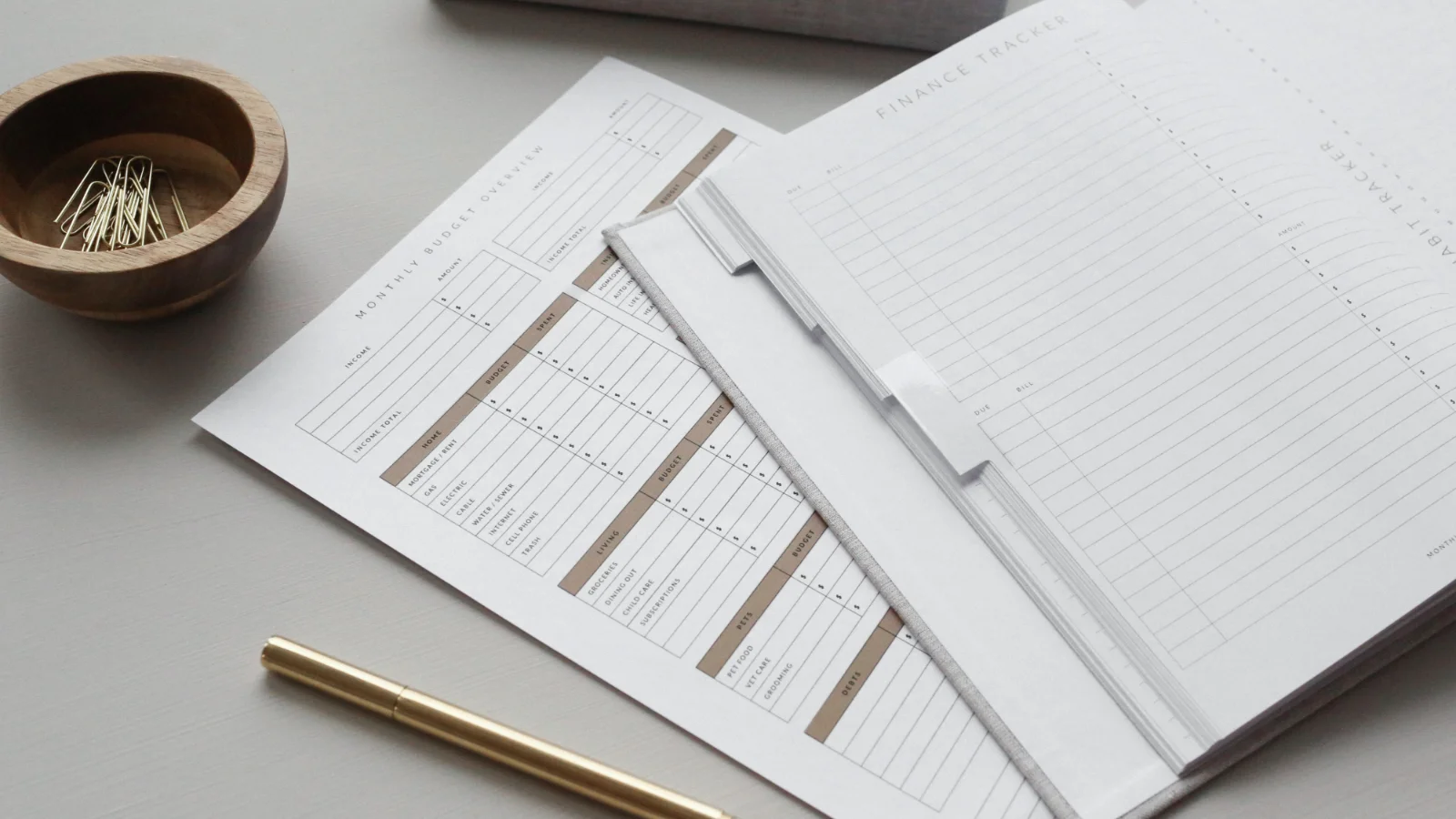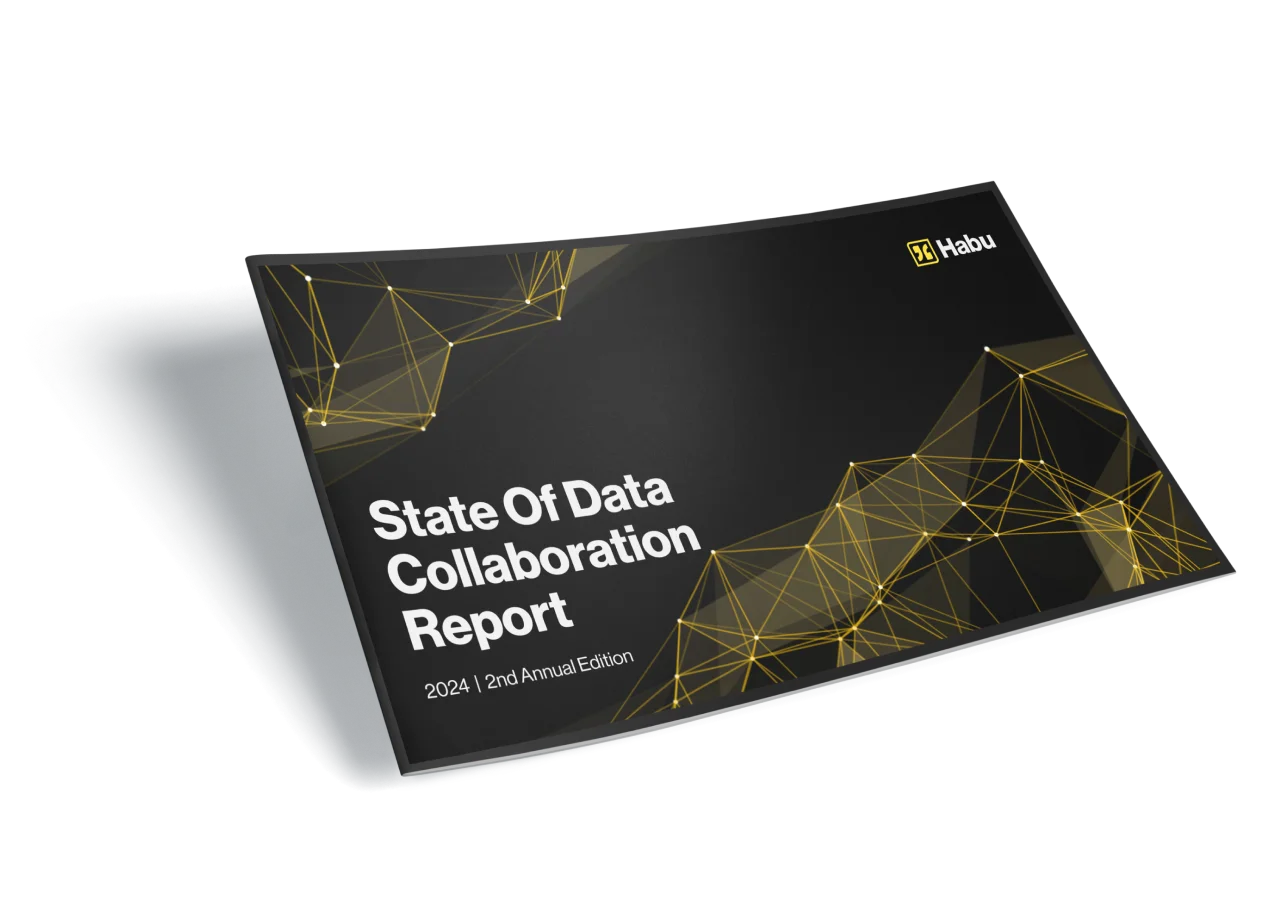Across industries, enterprises and medium-sized businesses have rapidly moved into the age of data, and data collaboration. The benefits of sharing data to boost growth and drive audience expansion are by now well documented. According to analyst firm Gartner, “Data and analytics leaders who share data externally generate three times more measurable economic benefit than those who do not.”
Data clean rooms aren’t the only way to engage in data collaboration, but their efficiency, automation, and cost advantages have made them a popular choice. Among data clean room vendors, Habu’s industry-leading technology has set the standard for simplicity and ease-of-use. Habu offers interoperability with all the major cloud providers, doesn’t move data during collaboration, and features pre-built queries to help business and IT users get up and running fast.
In data collaboration, alignment is key
Even the best data clean room can’t deliver a successful data collaboration practice on its own. To drive value from your collaborations, for yourself and your partners, requires you to develop alignment among internal and external stakeholders.
What does that mean? There are three essentials:
- Set clear expectations with partners around timing and deliverables. Establish who is going to do what, and when, at each stage.
- Involve your internal security and legal teams early in the process. Use them as advocates for a privacy-preserving focus throughout the project.
- Deploy a clear learning agenda with partners and internal teams. Let everyone know what you want to get from the data clean room.
This last point is key. Your learning agenda is what will establish alignment among all stakeholders and ensure your data clean room initiative is a success. Derek Nelson, Senior Director of Measurement and Retail Media Network Consulting at Ovative Group, describes it this way: “Be really descriptive about what the goals for the project are, but also who is the owner for each step in that process towards the goal.”
Unpacking your clean room learning agenda(s)
It’s best to think about your learning agenda as actually two separate agendas, one for your internal teams and one for your partners. On the internal side, you’ll need to consider the skill sets needed from your teams, and the questions that require clarification before getting started. With partners, you will engage in an ongoing process of discovery around the best way to maximize the value of your shared data.
Gather your internal teams
Pre-launch, you’ll need teams with the following skill sets to cover:
- Privacy/Security will be responsible for keeping data secure via transfer protocols and transfer methods.
- Legal are the advisors on applicable privacy rules in the market, what use cases are allowed, and what the privacy agreement with your customers requires.
- Data experts provide a detailed understanding of the data you’ll be working with and will be offering to partners
- IT is responsible for fielding technical questions around moving data
- Business should define how your organization will transform your data into something clients and partners love
In addition, within your taskforce you’ll want to resolve the following questions:
- As an organization, what do we want to learn about working with a clean room?
- How does a clean room potentially solve for more problems than we initially envisioned?
- How easy is our data clean room to work with?
- What types of teams within the organization do we need to partner with to execute on data collaboration and gaining access to new sets of data?
Reach out to partners
With partners, you’re looking to establish, in effect, a mutual learning agenda that helps all sides unlock the value of the data to be shared. This should be created in concert with your partners — and your goal should be to work with partners to investigate how to do more and more with the data available. This is about leveraging your partnership and your learnings as the project unfolds.
Keep in mind that new discoveries will consistently arise. In many cases, partners may not be fully aware of the value of their data, or of your intended use cases. As soon as they are, your partners may realize that they have other data resources of value to you — things they had never thought to share before.
As Derek Nelson explains, “Until you understand the objectives of the other side of the partnership, you don’t know you should be looking out for these exciting new partnership opportunities, and vice versa. After putting a learning agenda in place, my team and I know to go look for these things. I will talk to my internal partners about what’s available and what’s possible.”
Equip yourself for data clean room success
Habu leads the industry with a modern data clean room that provides advanced data collaboration features alongside the simplicity, security, and unparalleled flexibility of collaborative intelligence. That means you can power any of your use cases at scale in a solution that’s easily leveraged by data scientists and lines of business alike. Get in touch with us to learn about the benefits of collaborative intelligence — and to take your data collaboration learning agenda to the next level.


